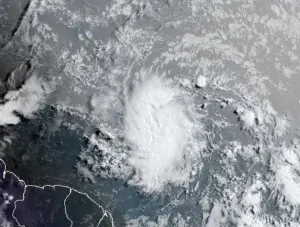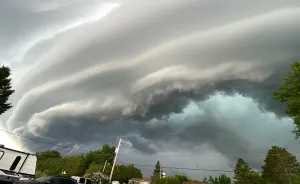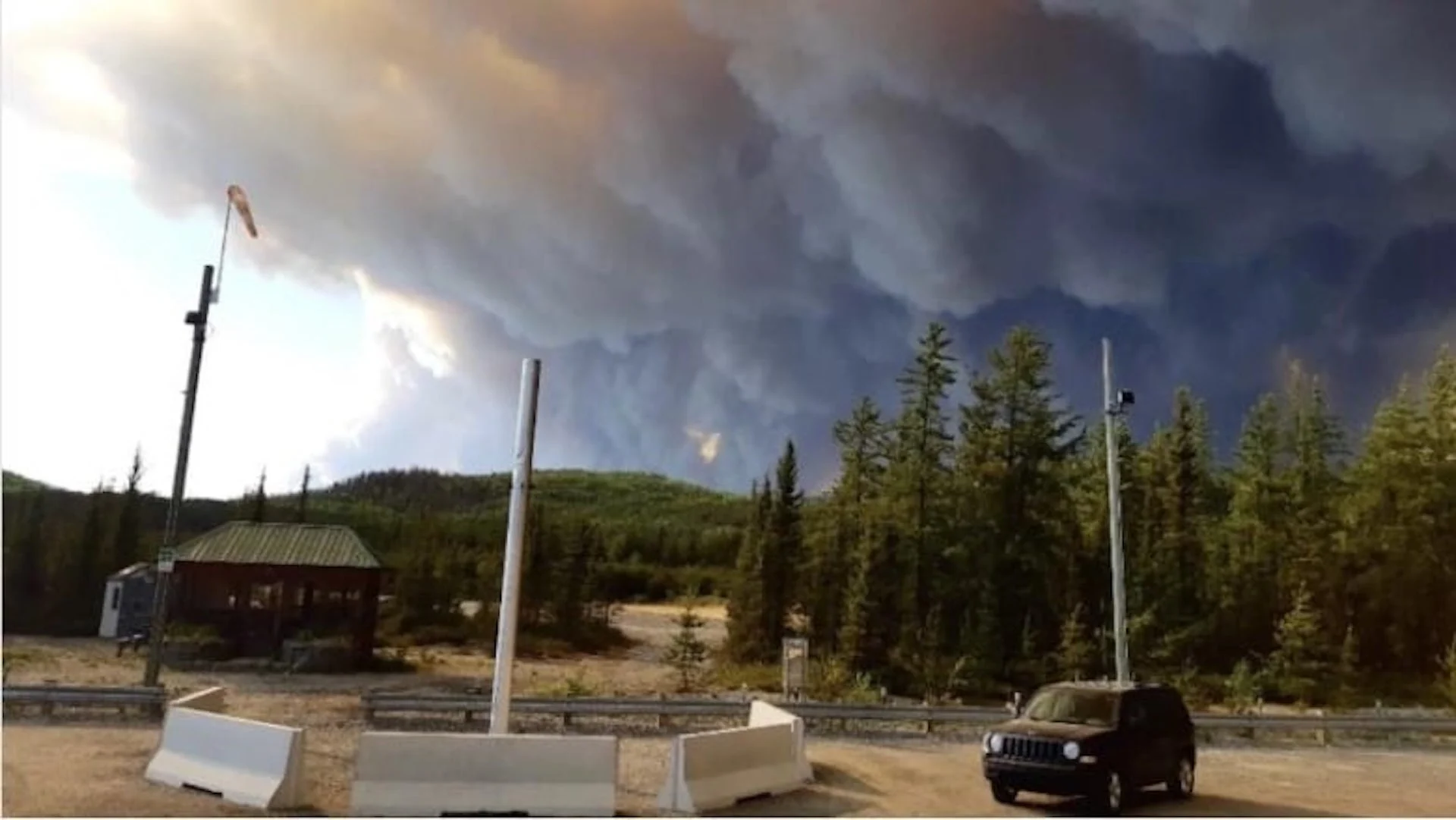
Sept-Îles, Que., lifts evacuation order, thousands set to return home
Visit The Weather Network's wildfire hub to keep up with the latest on the active start to wildfire season across Canada.
With the two forest fires that threatened the city gradually moving away, Sept-îles, Que., has lifted its evacuation order, and thousands of residents can now return home.
The evacuation was ordered last Friday morning and affected about 5,000 residents who had until 4 p.m. to leave their homes.
The order covered the Lac Daigle and Maliotenam sectors as well as areas east of downtown, including Les Plages and Moisie.
With those orders now lifted, local officials told reporters on Tuesday that provincial police officers will be present to make sure the return home goes smoothly.
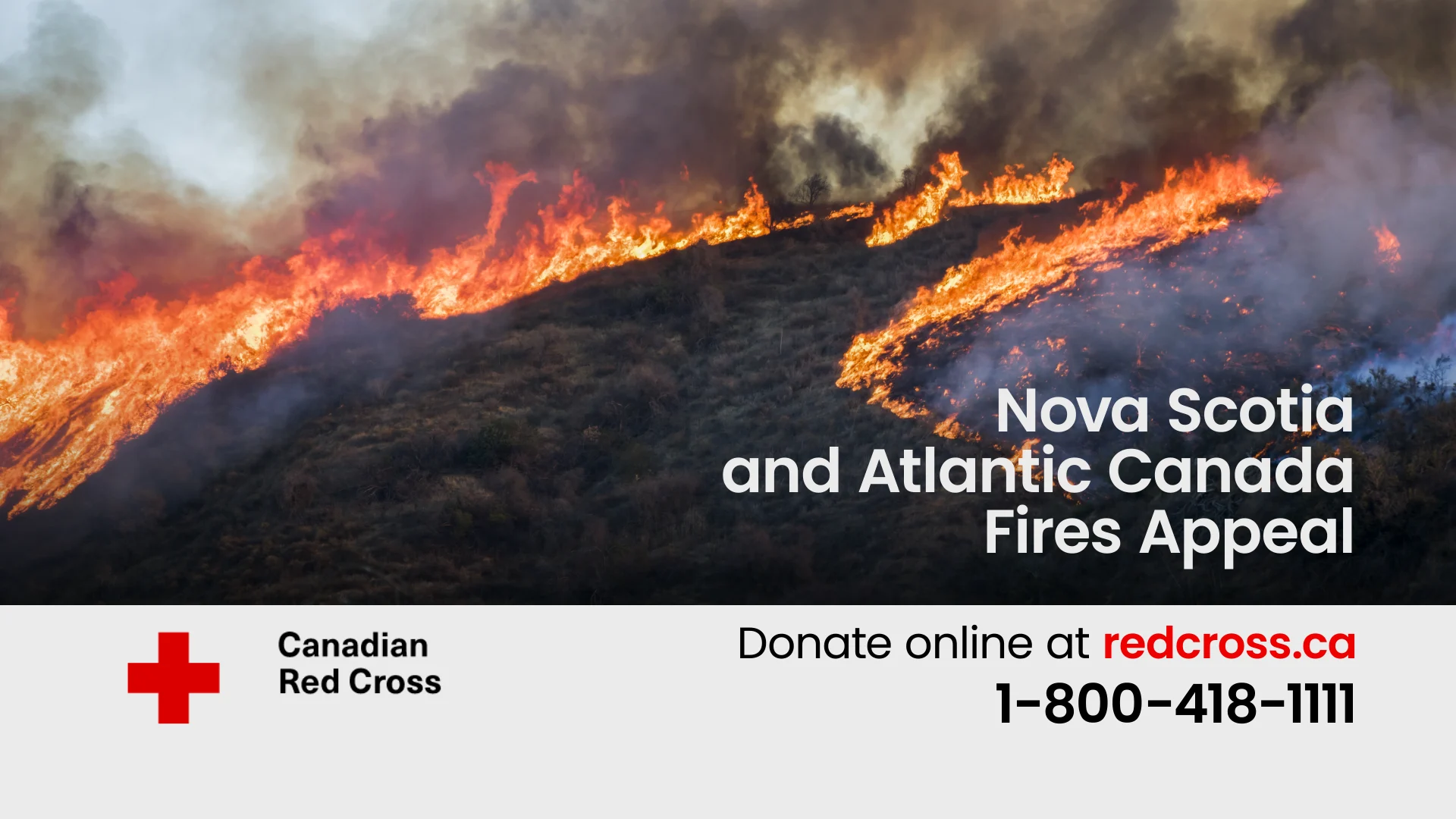
The city's mayor also stressed that people will need to be prepared to leave again in the coming days or weeks if the situation warrants it.
"The fight is far from over," said Sept-Îles Mayor Steeve Beaupré. "We will unfortunately have to learn to live with the risk, since a fire of this magnitude doesn't die easily."
Beaupré said the decision to allow residents to return was made after consulting with the province's forest firefighting agency, SOPFEU.
WATCH: Tips to help protect yourself from wildfire smoke
The mayor said one fire that had been burning near Lac-des-Rapides is no longer a threat, and a fire near the Moisie River hasn't grown much in the last few days and has moved further north.
The local health authority says 75 patients who were transferred to other hospitals in the province will be brought back gradually over the next 10 days.
Two Atikamekw communities — Opitciwan in the Saguenay–Lac-Saint-Jean region and Manawan in the Lanaudière — are among the latest to force some residents out due to the risk posed by forest fires.
Across Quebec, the number of fires has overwhelmed SOPFEU's capacity.
On Tuesday, there were more than 150 fires, with the vast majority of them burning out of control. SOPFEU can handle about 30 at a time.
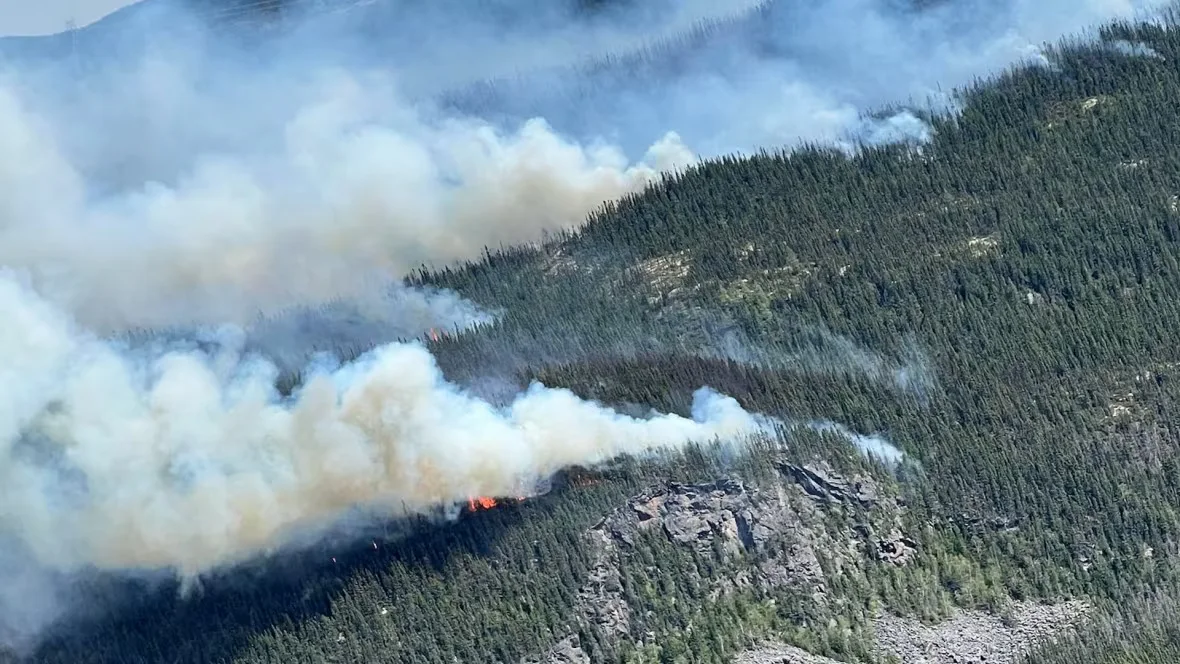
This photo shows an overhead view of forest fires in the Sept-Îles area from June 2, 2023. On Tuesday, the evacuation order for the city was lifted. (Submitted by André Michel)
DON'T MISS: Top five ways human-caused wildfires start
Abitibi region still under threat
Several municipalities in the Abitibi-Témiscamingue region in western Quebec are still threatened, most notably Normétal and Lebel-sur-Quévillon. Many residents in those towns had to leave their homes last week.
"The situation will still be complicated as long as there are this many fires," said Public Security Minister François Bonnardel during a news conference Tuesday.
"We might get even more worried starting tomorrow or the day after, with northeastern winds that could push toward larger municipalities."
In total, the province says six planes have been deployed to the Abiti-Témiscamingue region and the North Shore. Two of those are headed to Baie-Comeau to help protect Hydro-Québec infrastructure in the area.
Premier François Legault also said there are concerns about the Cree Nation of Chisasibi in northern Quebec where a forest fire erupted Monday evening. However, that fire is now contained, according to SOPFEU.
In Clova, Que., in the province's Mauricie region, Legault says there are currently no residences under threat except for a few cottages, despite the fire that has been burning since last week.
He did say, however, that the fire is too out of control for SOPFEU to intervene.
"I think we need to be honest with the people of Clova. Currently, we cannot send planes there," he said, during a separate news conference.
When asked if his government was considering giving financial aid to people who have had to leave their homes, the premier didn't rule anything out, though he did say that many evacuees only had to leave their homes for a few days and had friends and family take them in.
Thumbnail courtesy of Hydro-Québec.
This article, written by Antoni Nerestant and Cassandra Yanez-Leyton, was originally published for CBC News. With files from Radio-Canada and Émilie Warren.






